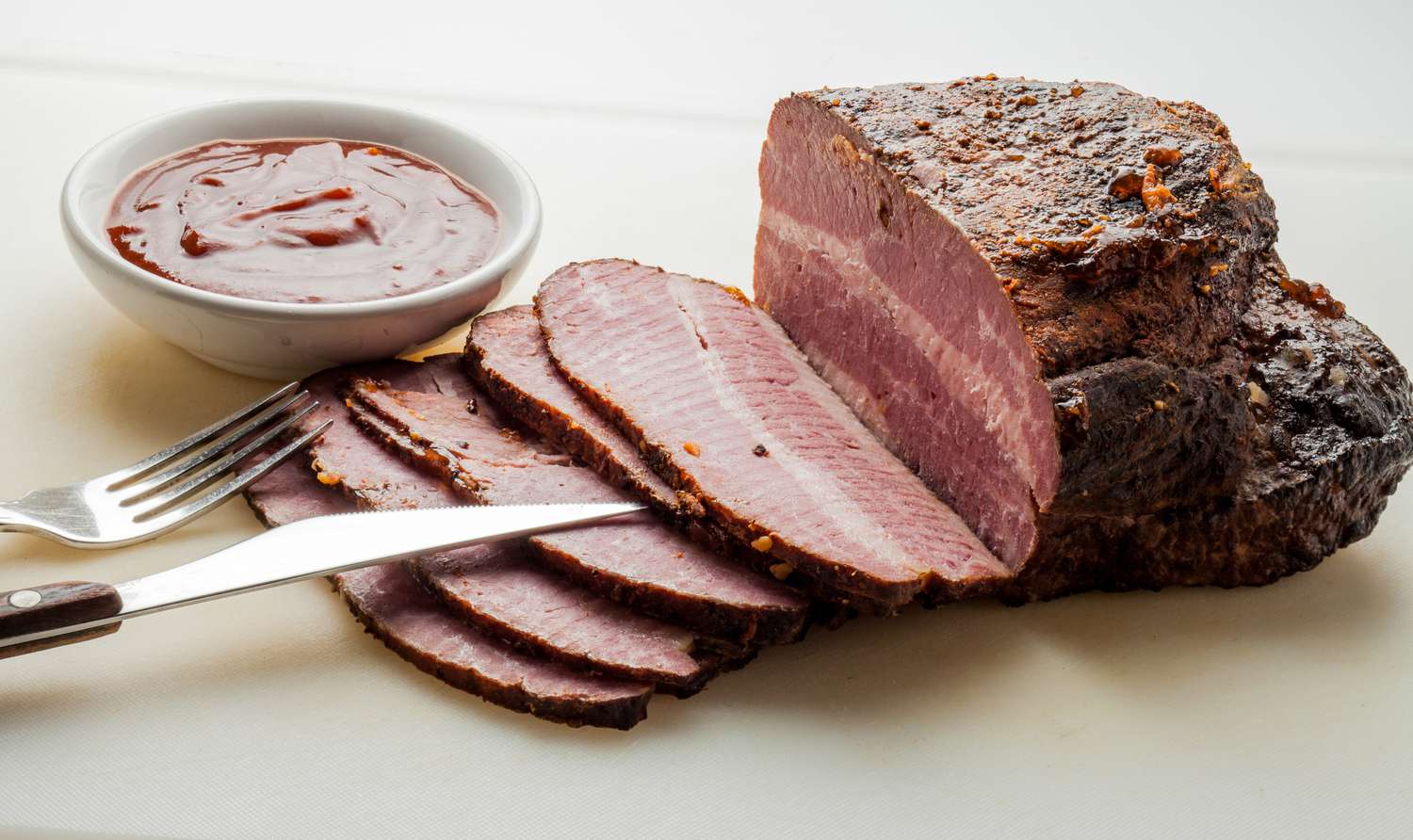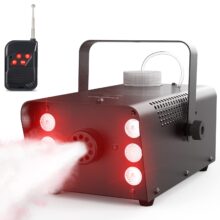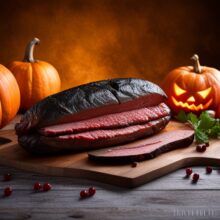How to Smoke Beef

Smoking beef is an easy and flavorful way to cook your favorite cuts. It also helps your meat retain moisture and keep it fresh for longer periods of time.
To start, choose a cut of beef that can handle long, slow cooking like brisket or beef ribs. These are some of the best beef cuts to smoke because they have plenty of connective tissue and are full of flavor.
Step 1: Preparation
The preparation phase of smoking beef is a crucial step in creating the best-tasting smoked meat. Exactly how you prep your meat depends on the cut of meat and what flavor you want to achieve.
Whether you’re smoking a high-quality steak or a tough cut of brisket, you’ll want to pre-season the meat with salt and pepper. This ensures that the meat absorbs the smoke while also reducing the moisture loss that can occur during the smoking process.
It also helps create a beautiful bark (called “bark” by smoking enthusiasts) that encases the meat. You can also inject the meat with butter, herbs, or beef broth before smoking it to enhance the flavor.
Once you’ve finished smoking your meat, it’s important to rest it for an hour in a cooler. This allows the intermuscular fat to render and break down with the muscle tissue, which will keep your beef tender and juicy.
During the smoking process, the outside of your meat will form a pink ring that’s called a “smoke ring”. This ring is an indication that your meat has smoked well.
Step 2: Smoking
Aside from grilling, smoking is one of the most common methods of cooking large cuts of meat. Some of the most popular cuts include beef brisket, ribs, and roasts, but you can also smoke whole poultry, fish, cheese, and nuts.
Smoking can add a touch of elegance to any meal, and it’s a great way to highlight the flavor of your meat. You can use different types of wood to get the best results, from cherry, oak, hickory, and maple to apple, mesquite, and pecan.
The most important thing to keep in mind when smoking is that the temperature is critical for optimal tenderness and safety. For example, beef and pork should be cooked to a minimum of 145degF to ensure the best possible results.
It’s also a good idea to put a water pan in the smoker so that the surface of your meat stays moist and tacky, which helps the smoke stick better. This is particularly helpful with baby back ribs, which contain less fat than spare ribs and can be difficult to get a decent smoke on.
The most impressive thing about smoking is that you can get a lot of flavor without putting a ton of work into it. It’s a fun way to experiment with new flavors, and can make a boring meal into something special.
Step 3: Cooking
The cooking phase of smoking beef is essential to producing delicious, smoky results. Unlike grilling and barbecuing, where food is generally cooked at high temperatures, smoking requires lower temperatures, so long cooking times are needed to achieve the desired tenderness and flavor. The exact times and temperatures depend on the cut of meat you plan to smoke and the desired result.
Beef cuts that are well-suited for smoking include brisket, roasts and ribs. If you’re planning to cook a whole brisket, select and prime cuts are ideal since they’re the most tender. Larger, less tender cuts will need longer smoking time to reach their desired tenderness and flavor.
Before smoking, season the meat liberally with a rub. Most people prefer to stick with a salt and pepper blend, but feel free to experiment with your own favorite recipe or mix-in. The key is to apply the rub generously and allow it to sit for a good 30 minutes before putting it in the smoker. It’s also helpful to trim the fat pad from the bottom of your beef, which will help create a better bark and smoky flavor. The fat will melt and be released during the cooking process, which can also add extra flavor.
Read more great BBQ articles at Bob's BBQ Tips



